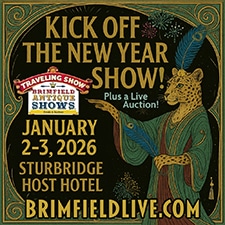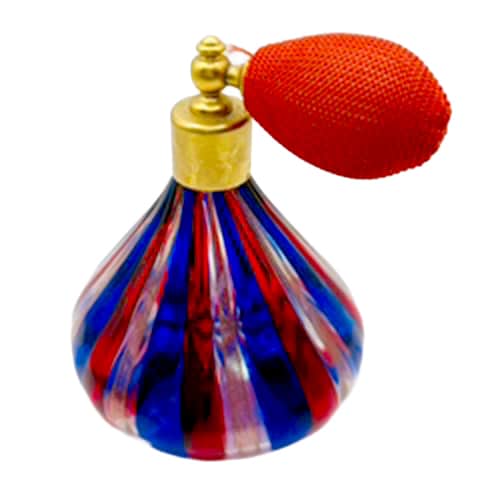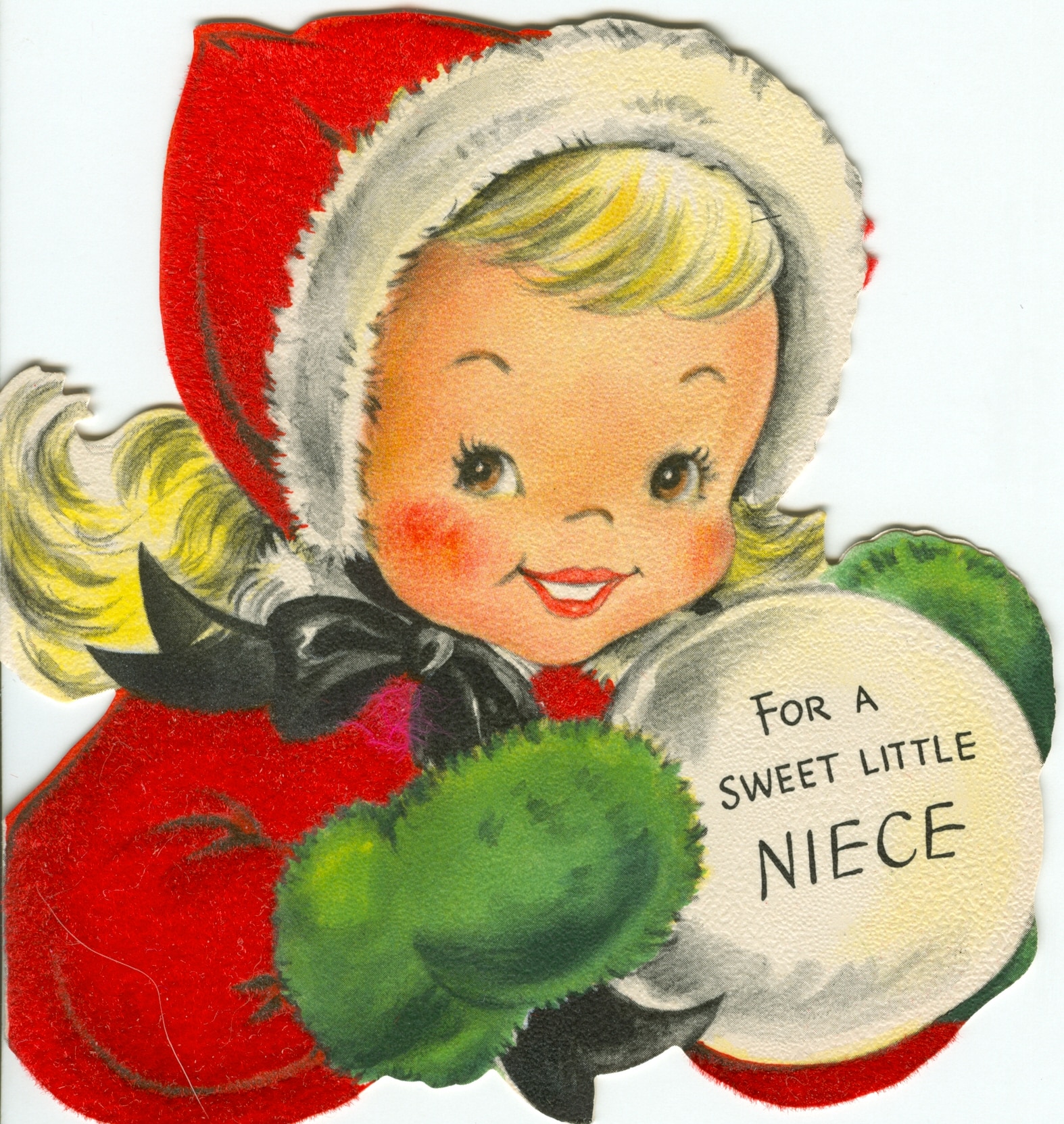Social Media is Not Your Product Catalog
by Sloane Middleton Mann
Let’s be honest: posting product photos on Instagram isn’t a marketing strategy. It’s a hope and a prayer. If you’ve been using social media as a glorified product catalog and wondering why it’s not leading to sales, it’s because this kind of content is not what social media audiences want to see.
Today, people come to social media for entertainment, knowledge, and connection. Audiences are savvy and quick to scroll past something that doesn’t immediately capture their attention. It’s time to save your product photo with an item description in the caption for your Shopify site, and start treating social media like the incredible brand-building tool it can be for your vintage shop.
When utilized correctly, social media can take you and your shop to the heights you’ve dreamt about. The
podcast you love? A strong following will get you on it. The coffee table book you’ve envisioned? Publishers will take your meetings. That monthly sales goal? Consider it yours. All this is because a strong social media following is a signifier that people connect with your brand on a deeper level.
This becomes far more achievable when you reframe your social media use from a sales tool into a storytelling machine. The goal is not immediate sales. The goal is to attract attention and build connections first. The volume of audience and established trust that comes from this makes purchasing with your brand a no-brainer.
So how do you start brand-building instead of hard-selling on social media? Here are three elements that are essential to any social media post that centers storytelling and engagement:
- Start With a Hook
This is your scroll-stopper. The first three seconds of your Reel are everything. This is the only amount of time you have to grab attention, stop the scroll, and invite your audience into the post. This is the time it takes (or less) for someone to move right past your content, so make it as engaging, entertaining, or relatable as possible. If it doesn’t immediately hook them, they won’t continue on.
Examples of strong hooks:
- “The last time I found a piece like this, it sold in 20 minutes.”
- “This chair survived two cross-country moves, a home with cats, and a torn seat cushion. Here’s how I made it look this good.”
- “This is why your outfit isn’t working.”
You’re competing with a noisy feed, so get specific, curious, or emotional right out of the gate.
- Follow With Storytelling
This is where you build connections. Once you’ve hooked them, draw them in. Tell the story behind the item, your process, or your customer. This is where you differentiate your shop from everyone else who’s just “dropping new items.”
Great storytelling doesn’t have to be long. In fact, videos that are less than one minute tend to perform the best online. What’s most important is that it has to be human.
Prompts to help you craft your story:
- What makes this piece unique?
- Where did it come from? Who might have used it?
- What did you love about it when you found it?
- How does it fit into design history?
- What’s a unique way someone could use or style it?
You’re not just selling an object. You’re selling nostalgia, history, and style.
- End With a Tagline or Call to Action
This is where you guide the next step. Here’s where your end goals come into play, whether it’s selling an item or building a following with a clear call-to-action or a branded tagline. A call-to-action (CTA) gives your audience direction, so they know how to buy, browse, or engage. A tagline builds brand recognition by reminding your audience of your authority in your niche.
Keep them short and sweet. Remember how much time you had to capture attention at the start of the video? You can lose it just as fast here.
Examples of taglines:
- “Curated vintage for the modern collector.”
- “We hunt, you style. Always one-of-a-kind.”
- “Business of Vintage wants you to sell smarter, not harder.”
Examples of calls to action:
- “DM to claim.”
- “Link in bio before it’s gone.”
- “Join our email list to get first dibs on the next drop.”
In Summary: The Anatomy of a Great Social Media Post
Think of these elements like a formula to apply to all of your content. You’ve welcomed them into the shop (the hook), shown them something great (the story), and now you’re pointing them to the checkout line (the CTA).
Every post should flow like this:
- Hook – Stop the scroll
- Story – Build connection
- CTA/Tagline – Invite action & reinforce your brand
You don’t have to post every day to see results. You just need to make every post worth the watch.
If you want help developing on-brand content that’s clear, compelling, and built to grow your shop, reach out to us at Business of Vintage. We offer content planning and marketing strategies for vintage sellers who are ready to build engaging audiences.
Sloane Middleton Mann is the founder of Business of Vintage, the world’s only marketing agency specialized for vintage and antique shops. Follow @business.of.vintage on Instagram for vintage marketing tips & guides.






